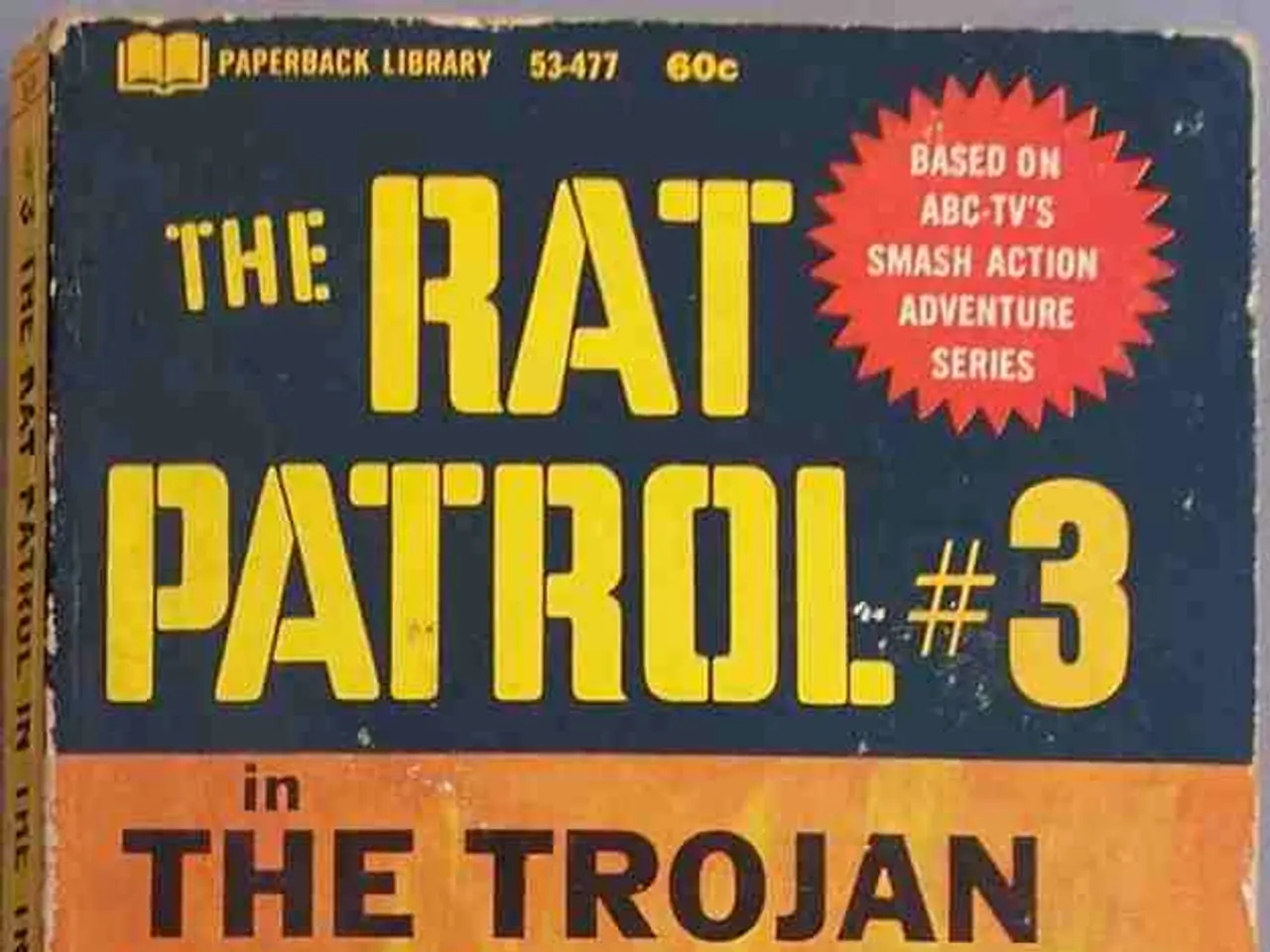United States confronts India with escalating tariffs, with President Trump focusing on Delhi; Democrats advocate for sanctions against Russia, urging 'Punishment for Putin' instead.
Starting August 27, 2025, the United States has implemented a 50% tariff on Indian goods, primarily as a punitive measure against India’s continued imports of Russian oil amid the Russia-Ukraine conflict. This tariff affects about 66% of India's exports to the US, totaling around $60 billion.
The US justification for these tariffs has two main components. The initial 25% tariff was aimed at addressing perceived trade imbalances and India's high barriers to US products, intending to pressure India to open its markets and negotiate a trade deal. The subsequent 25% tariff (totaling 50%) is directly linked to India's purchase of Russian oil, which the US claims indirectly finances Russia’s war effort in Ukraine. The White House aims to cut off Russia’s financial resources by pressuring India to stop buying Russian crude or push Vladimir Putin to negotiate peace.
India's response has been firm and critical. Prime Minister Narendra Modi stated that India would not compromise on the interests of farmers, small businesses, and domestic producers. The Indian government considers the so-called “secondary tariffs” unfair. The tariffs pose a severe trade shock, threatening significant export volume reductions and competitiveness, especially in labor-intensive industries.
Reactions from US politicians and economists are mixed. Some support the tariffs, viewing them as leverage to modify India’s trade policies and reduce Russia's war funding. Critics warn that these high tariffs could backfire by raising prices for US consumers and businesses relying on Indian goods and damaging a key strategic partnership. Economists also express concerns over disruption in supply chains and the potential shift of Indian market share in the US to competing countries such as China, Vietnam, and Mexico.
India has asserted its self-reliance and sovereignty will not be compromised in the face of the tariff escalation. Renowned US economist Jeffrey Sachs described the tariffs as "unconstitutional" and urged India not to expect long-term benefits from aligning too closely with Washington. The Ministry of External Affairs echoed the stance, asserting that India was unfairly singled out amidst other nations buying Russian oil. The Ministry of External Affairs vowed to take all necessary steps to safeguard India's national interests.
The House Foreign Affairs Committee, led by Democrats, called the tariff decision a political stunt that will not deter Russian President Vladimir Putin. Prime Minister Narendra Modi responded defiantly, stating that India will prioritize the interests of farmers and will not compromise on their livelihoods.
This controversy revolves around geopolitical strategy over the Russia-Ukraine war and longstanding trade tensions between the US and India, causing significant economic distress and political friction between the two nations.
[1] The Washington Post. (2025). US imposes 50% tariffs on Indian goods. Retrieved from https://www.washingtonpost.com/business/2025/08/24/us-imposes-50-tariffs-indian-goods/
[2] CNN Business. (2025). US-India trade talks in doubt amid tariff dispute. Retrieved from https://www.cnn.com/2025/08/25/business/us-india-trade-talks-tariff-dispute/index.html
[3] The Economic Times. (2025). US tariffs on Indian goods: Impact, reactions, and what lies ahead. Retrieved from https://economictimes.indiatimes.com/news/politics-and-nation/us-tariffs-on-indian-goods-impact-reactions-and-what-lies-ahead/articleshow/91782159.cms
[4] The Diplomat. (2025). US Tariffs on Indian Goods: A Geopolitical Move or Trade Dispute? Retrieved from https://thediplomat.com/2025/08/us-tariffs-on-indian-goods-a-geopolitical-move-or-trade-dispute/
[5] The Hindu. (2025). India denounces US tariffs as 'unfair and unjustified'. Retrieved from https://www.thehindu.com/business/India-denounces-US-tariffs-as-unfair-and-unjustified/article34779918.ece
- The tariff dispute between the US and India, involving a 50% tax on Indian goods, has escalated into a complex issue that intertwines finance, business, politics, policy-and-legislation, general-news, and crime-and-justice.
- While the US justifies these tariffs by citing trade imbalances, high barriers to US products, and India's purchase of Russian oil as financing Russia’s war effort in Ukraine, Indian politicians and economists contend that the tariffs are unfair and could negatively impact small businesses, farmers, and domestic producers.
- This controversy is not just a trade dispute; it's also a critical geopolitical strategy that involves war-and-conflicts, as the US aims to punish India for importing Russian oil, and India asserts its right to self-reliance and sovereignty amidst escalating tensions.




